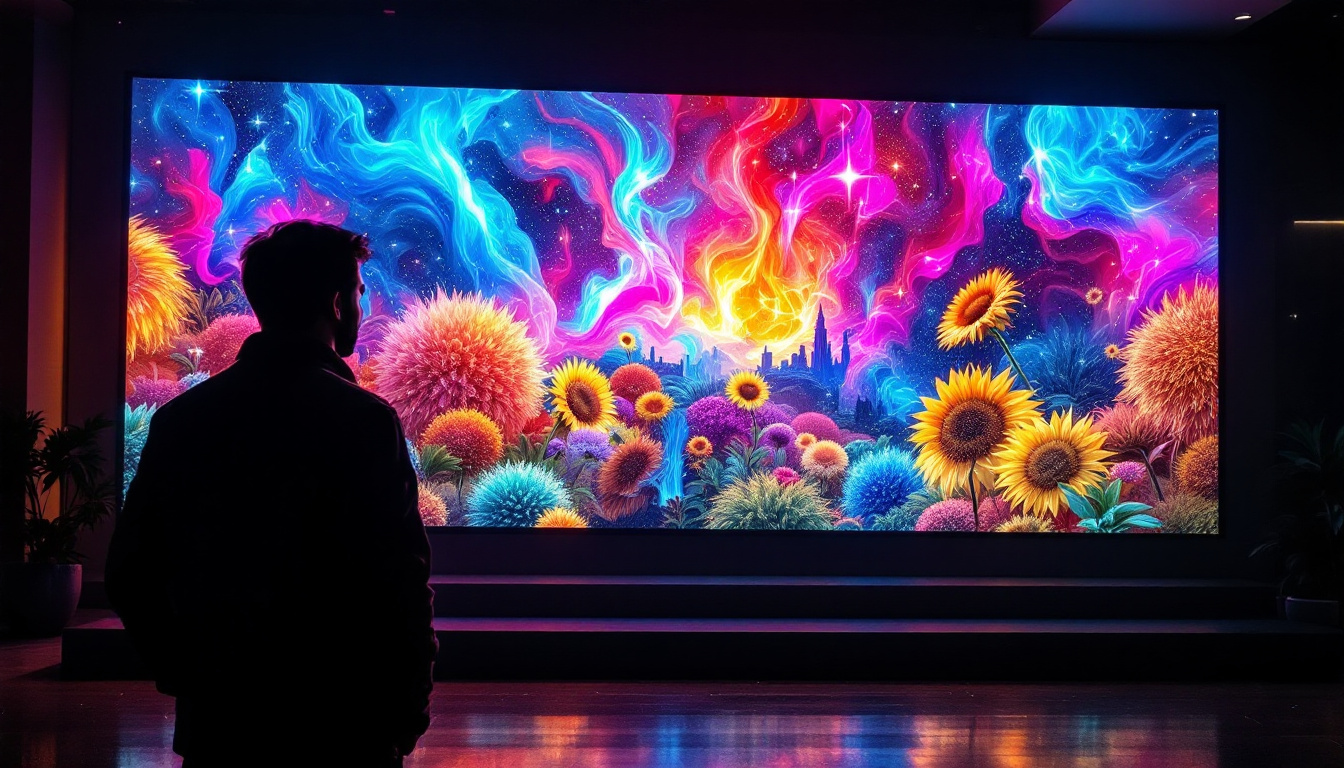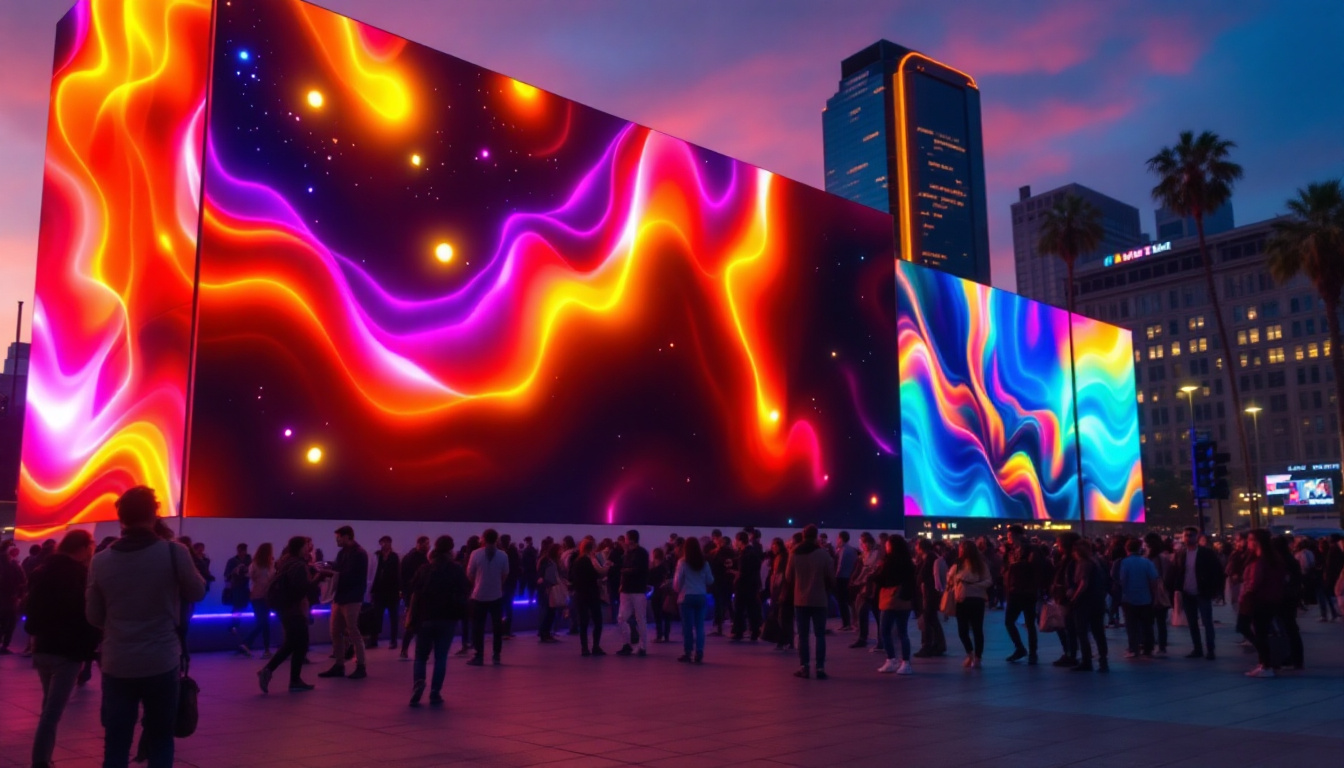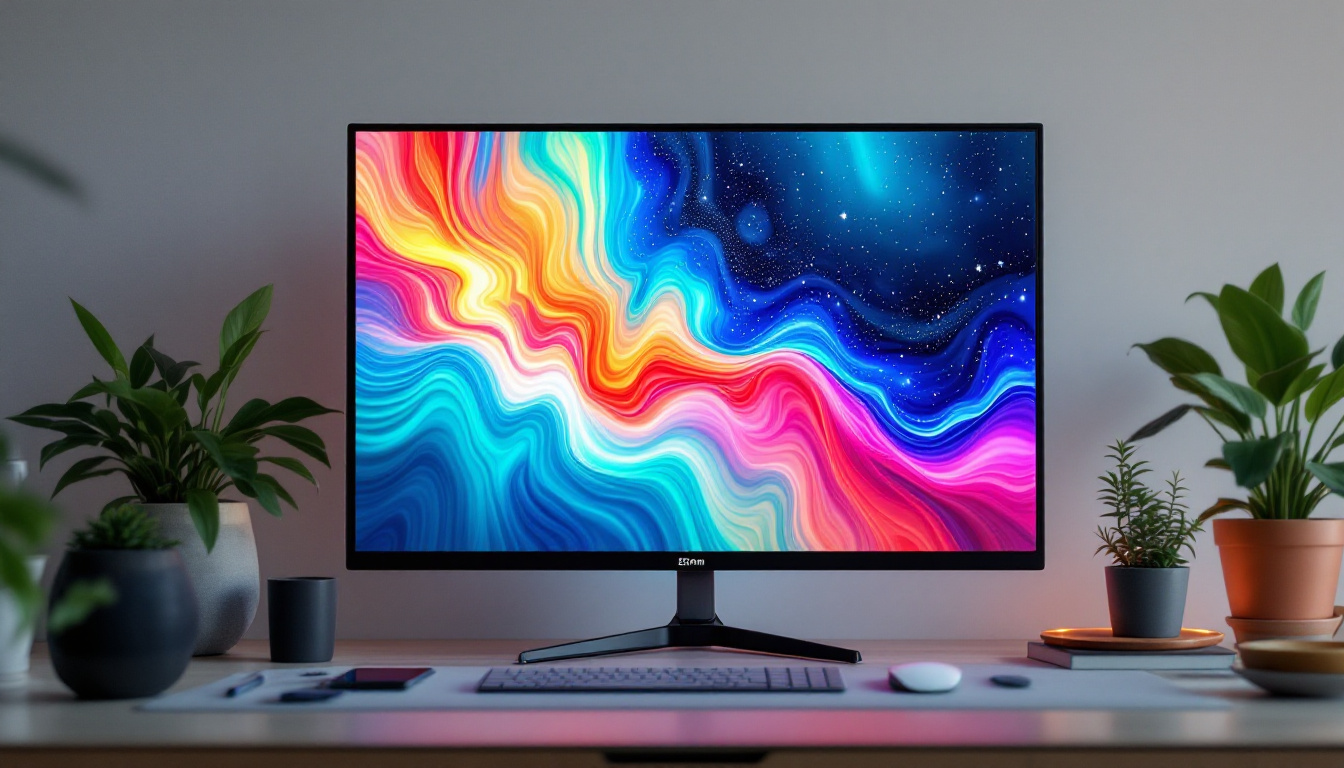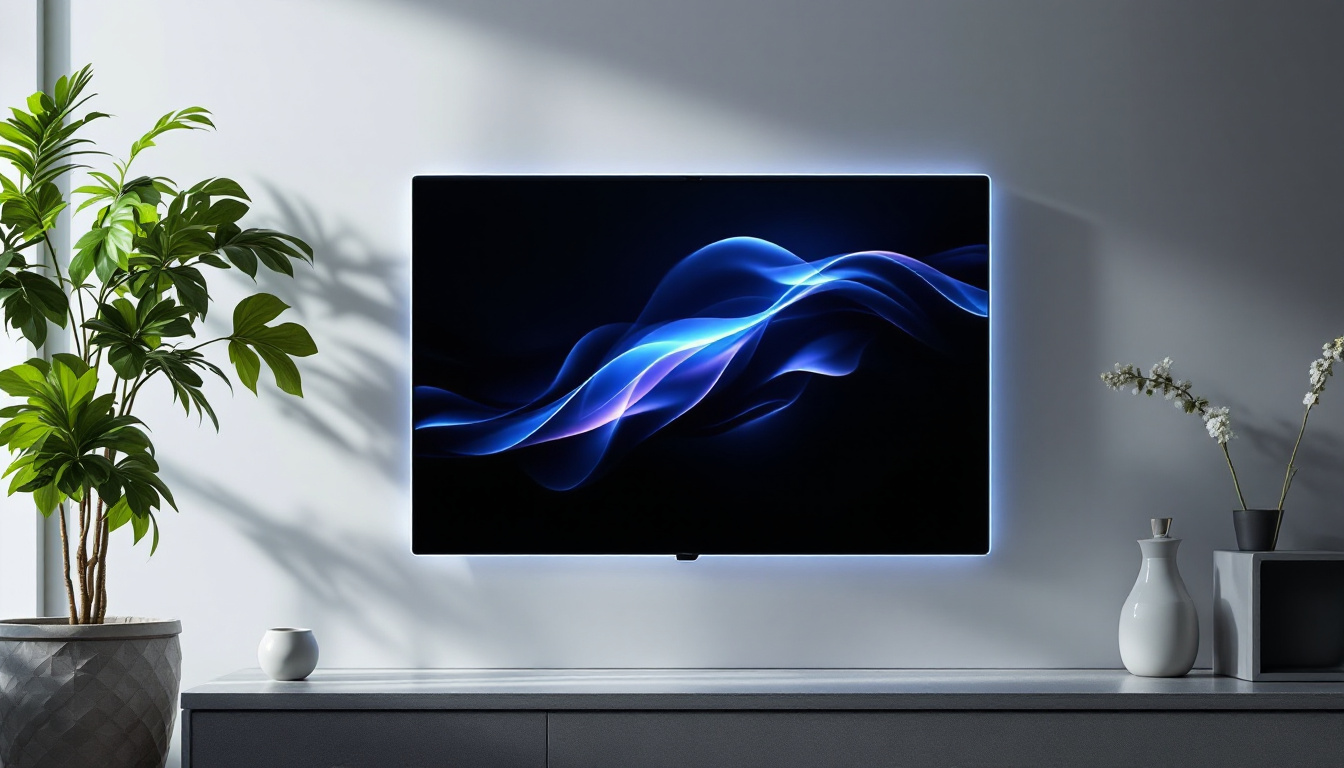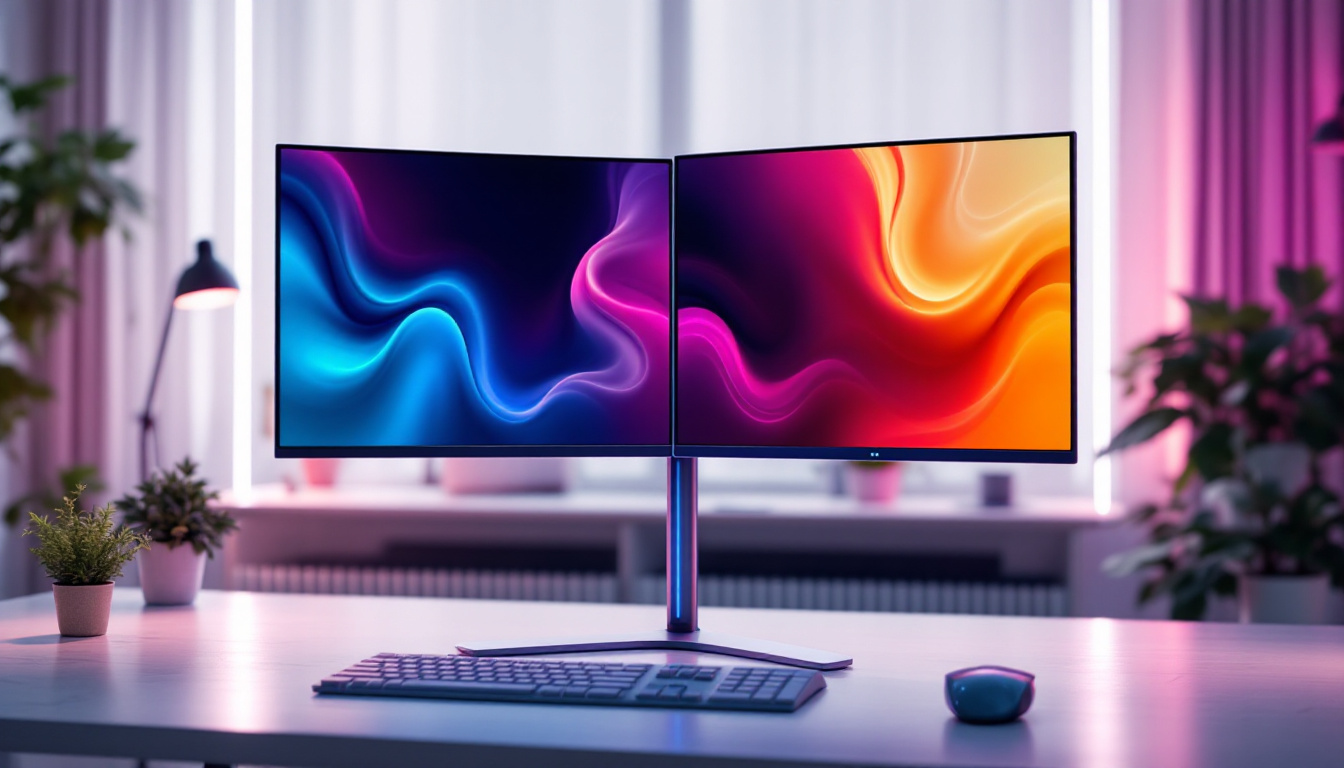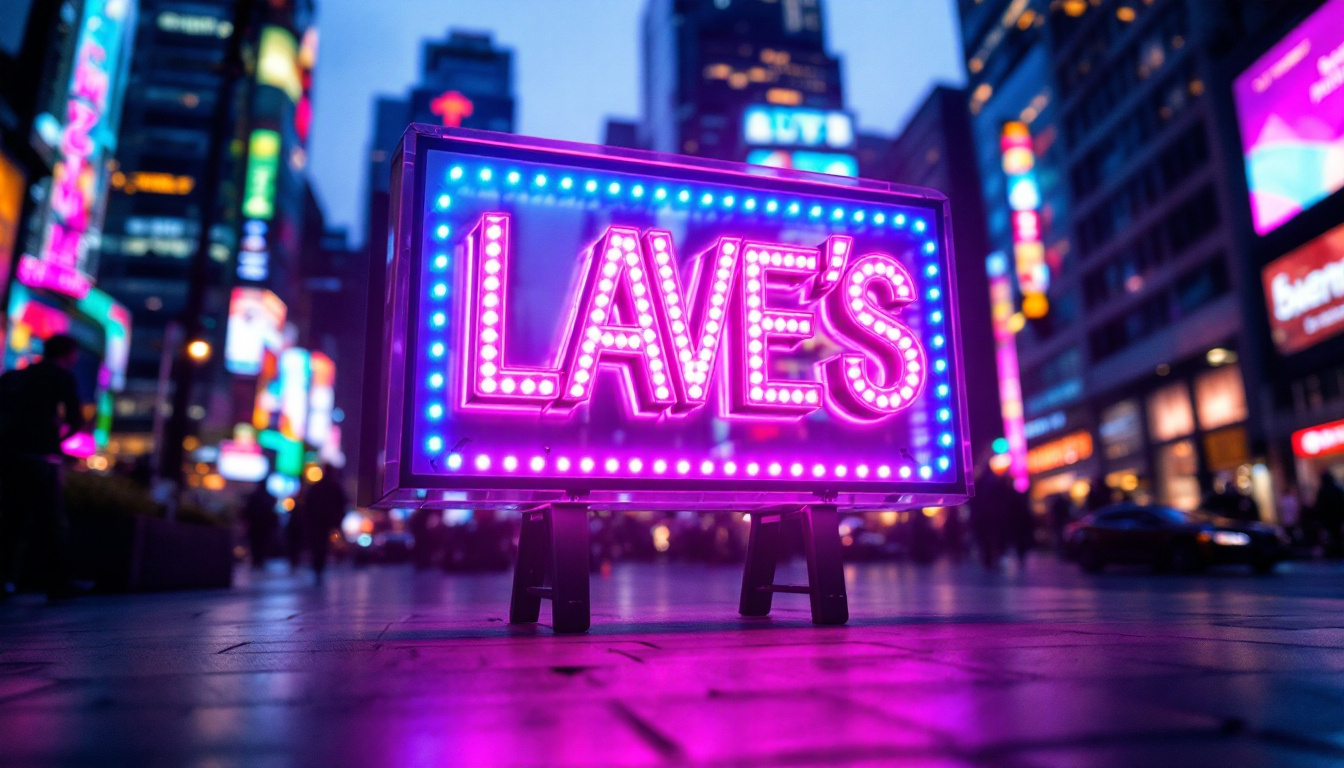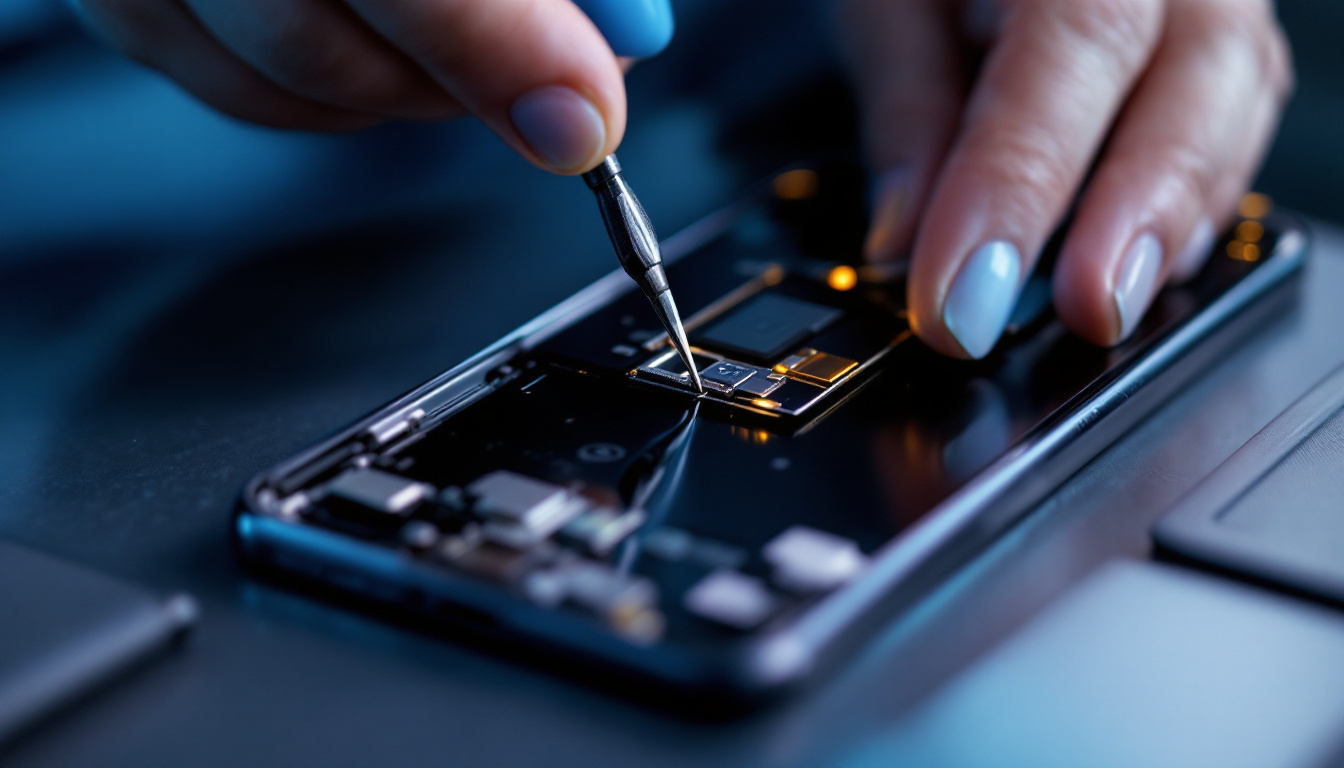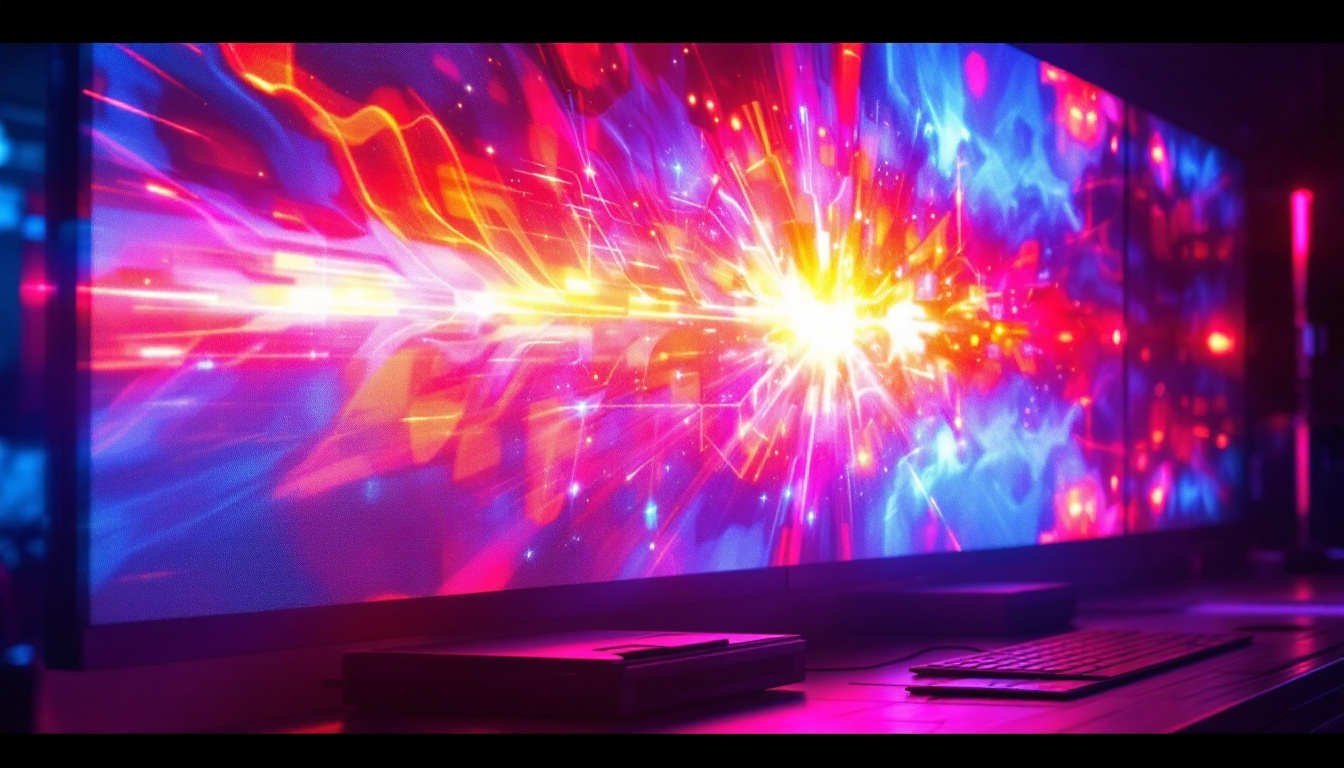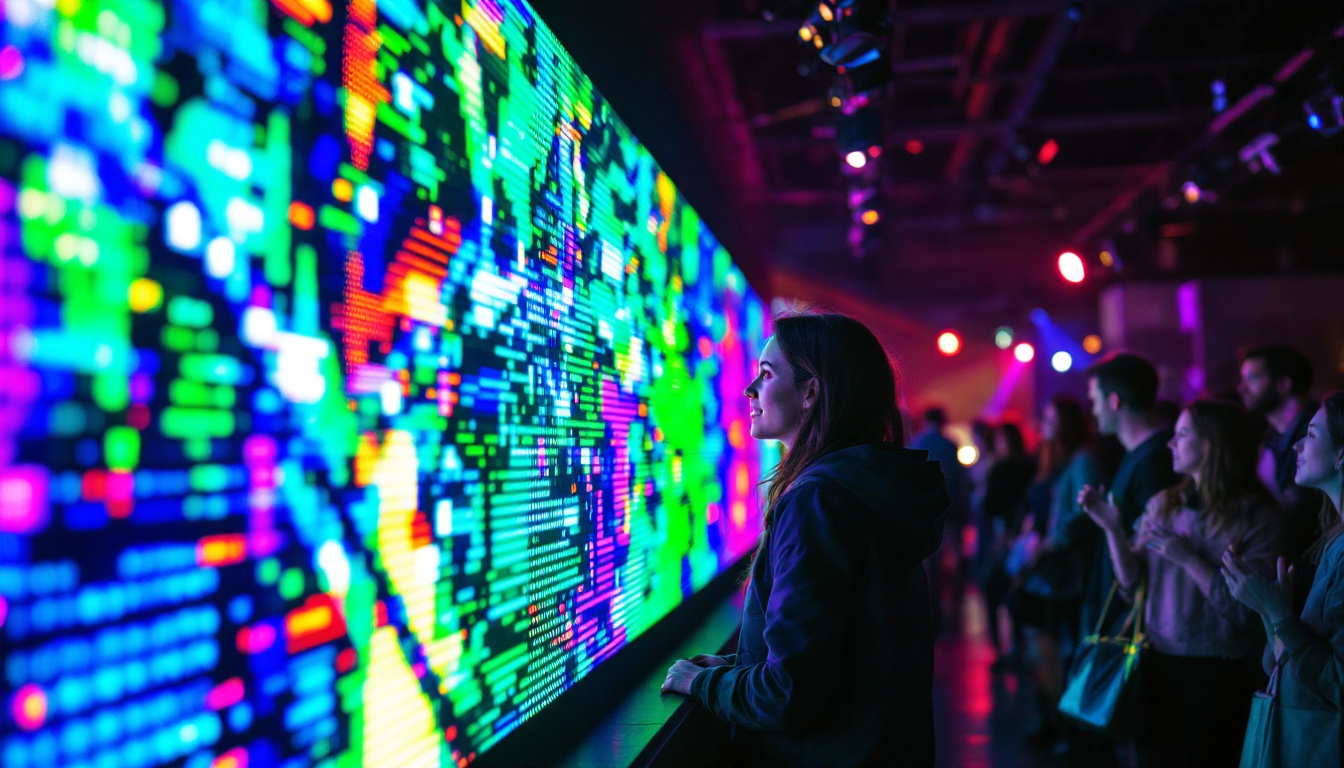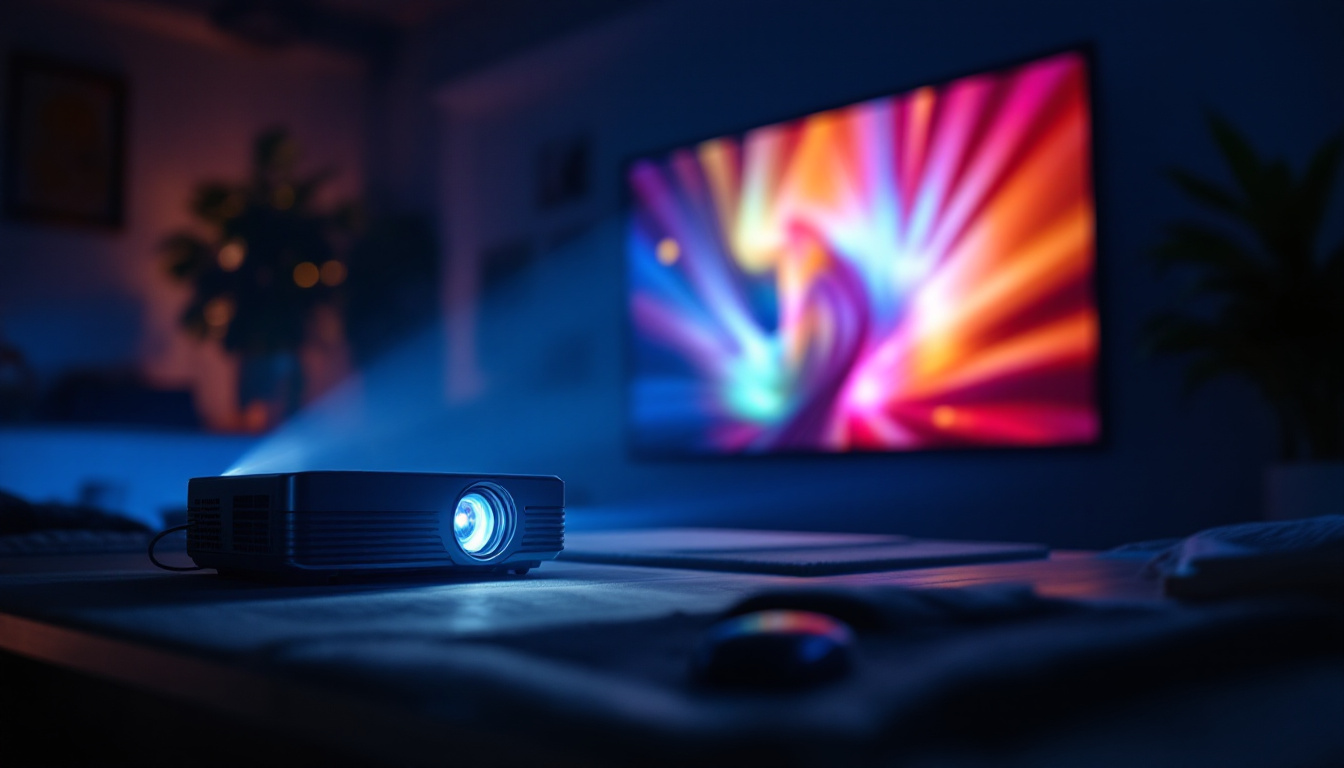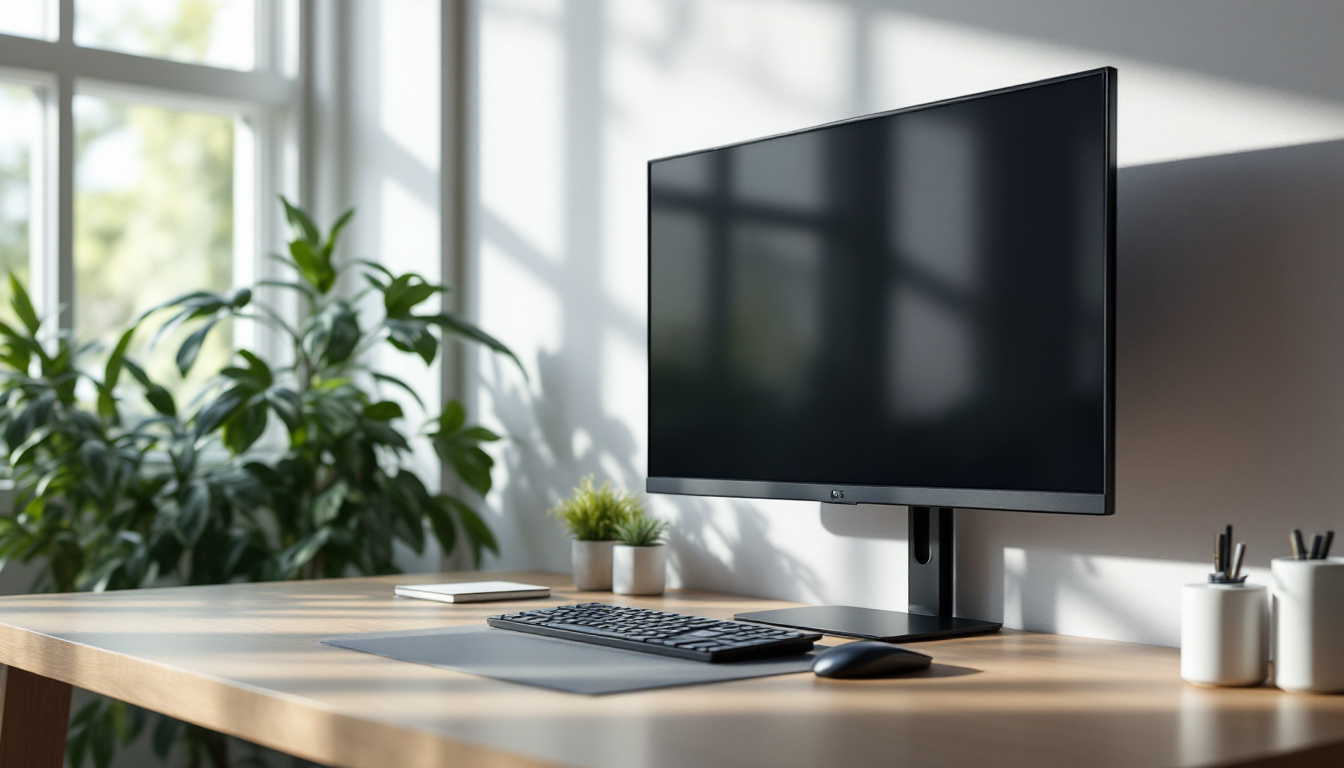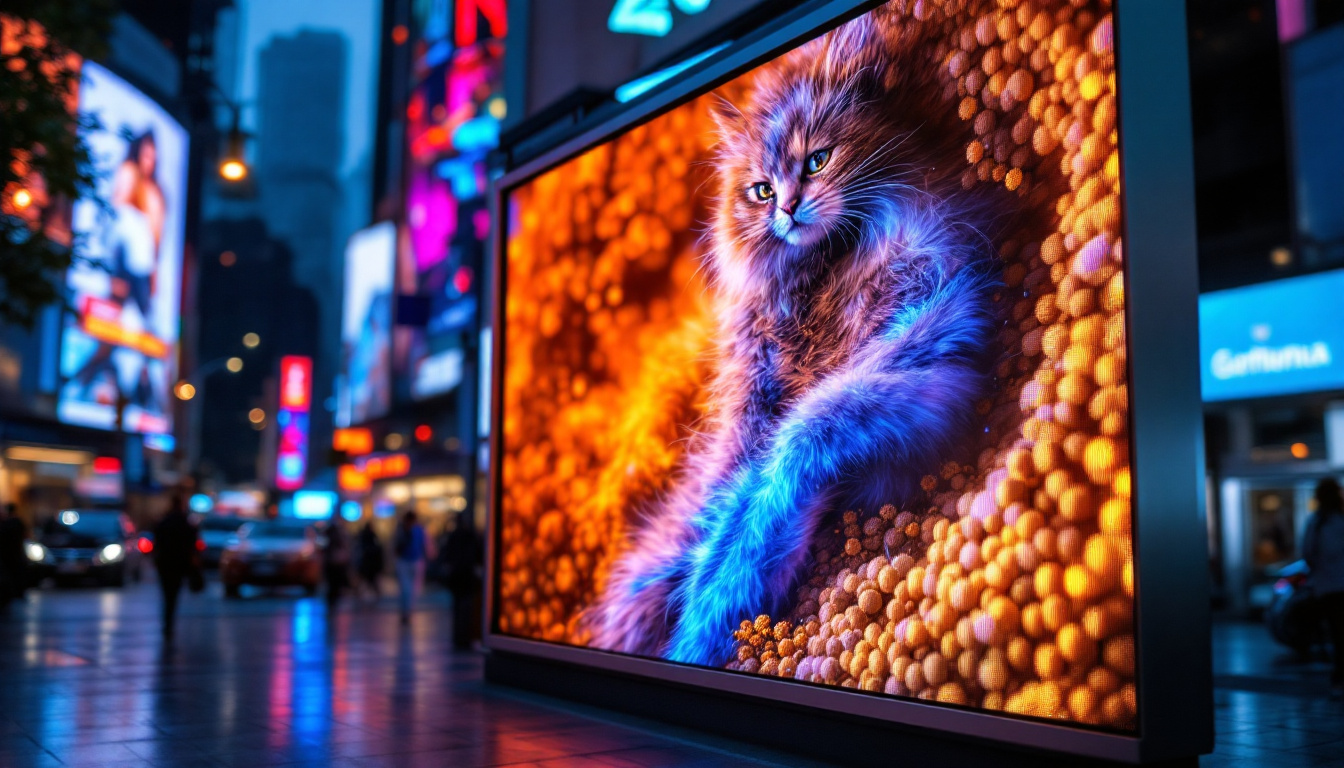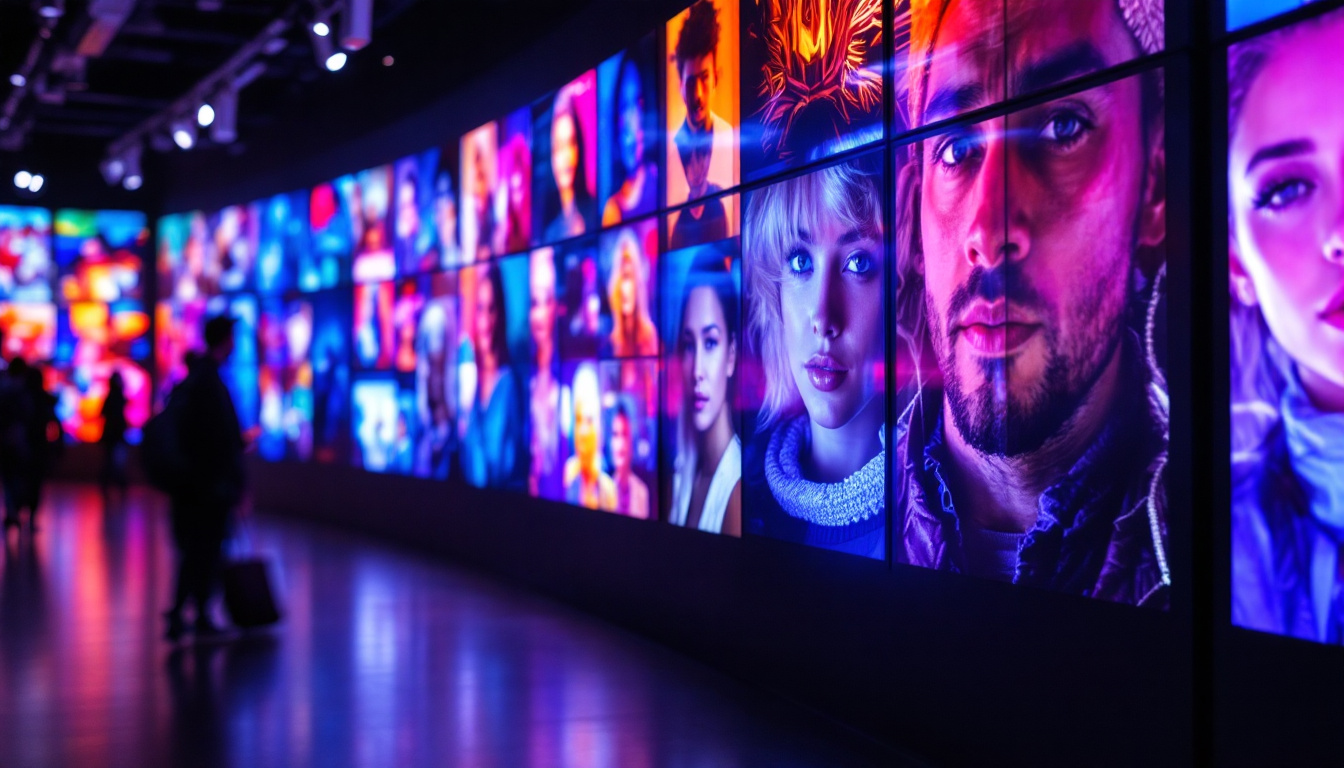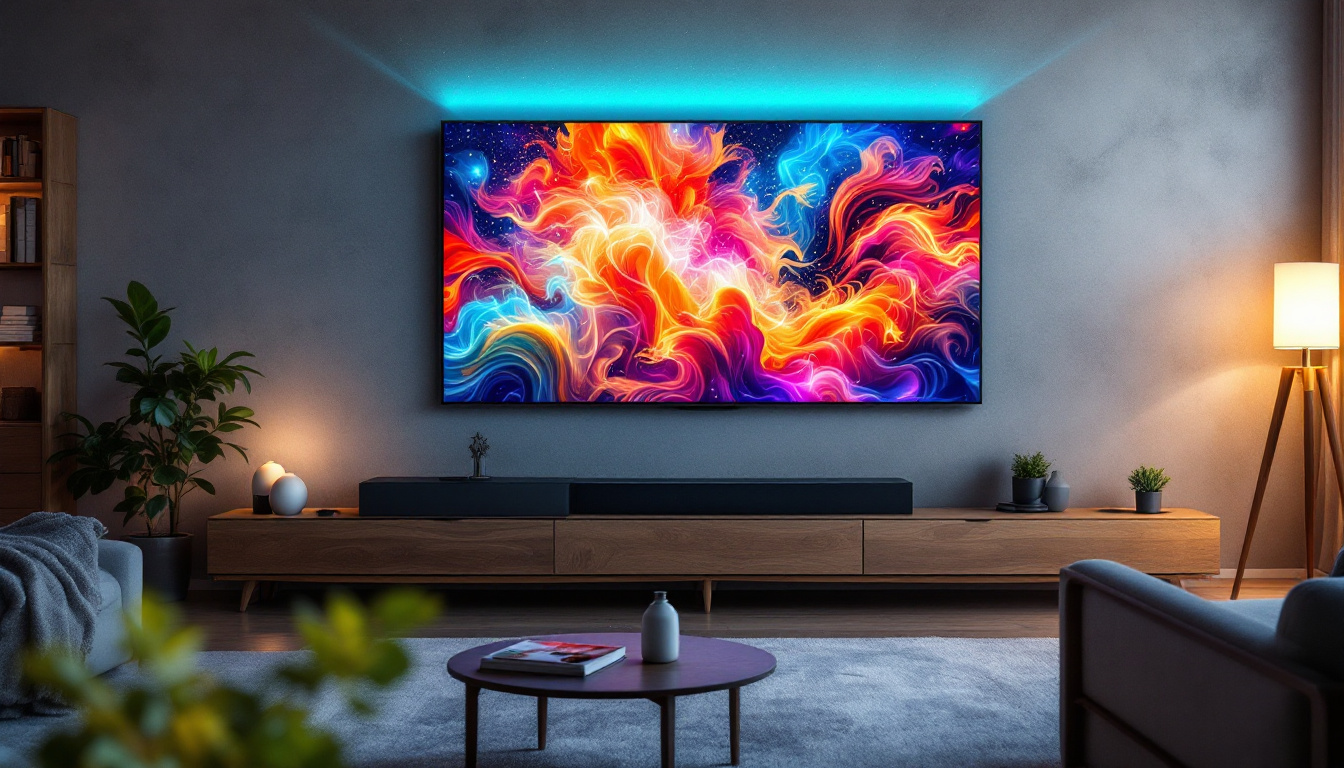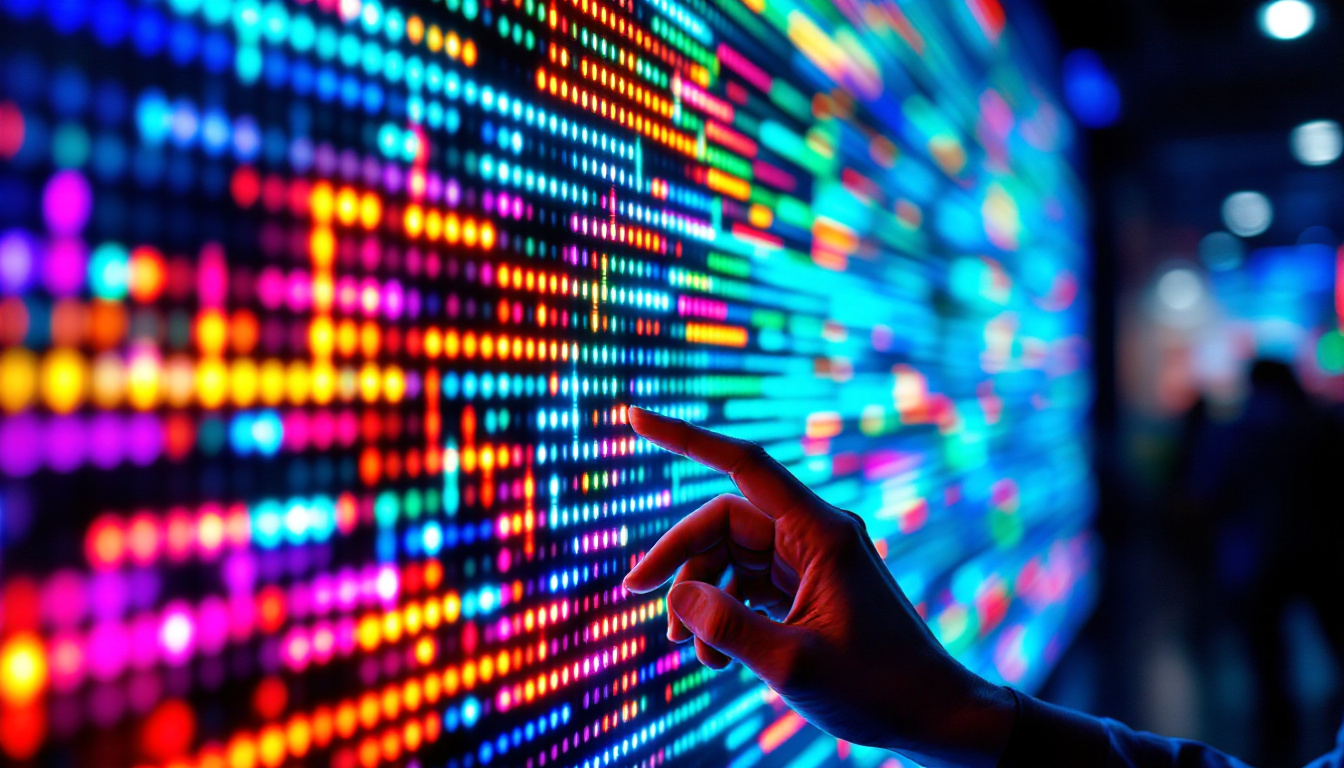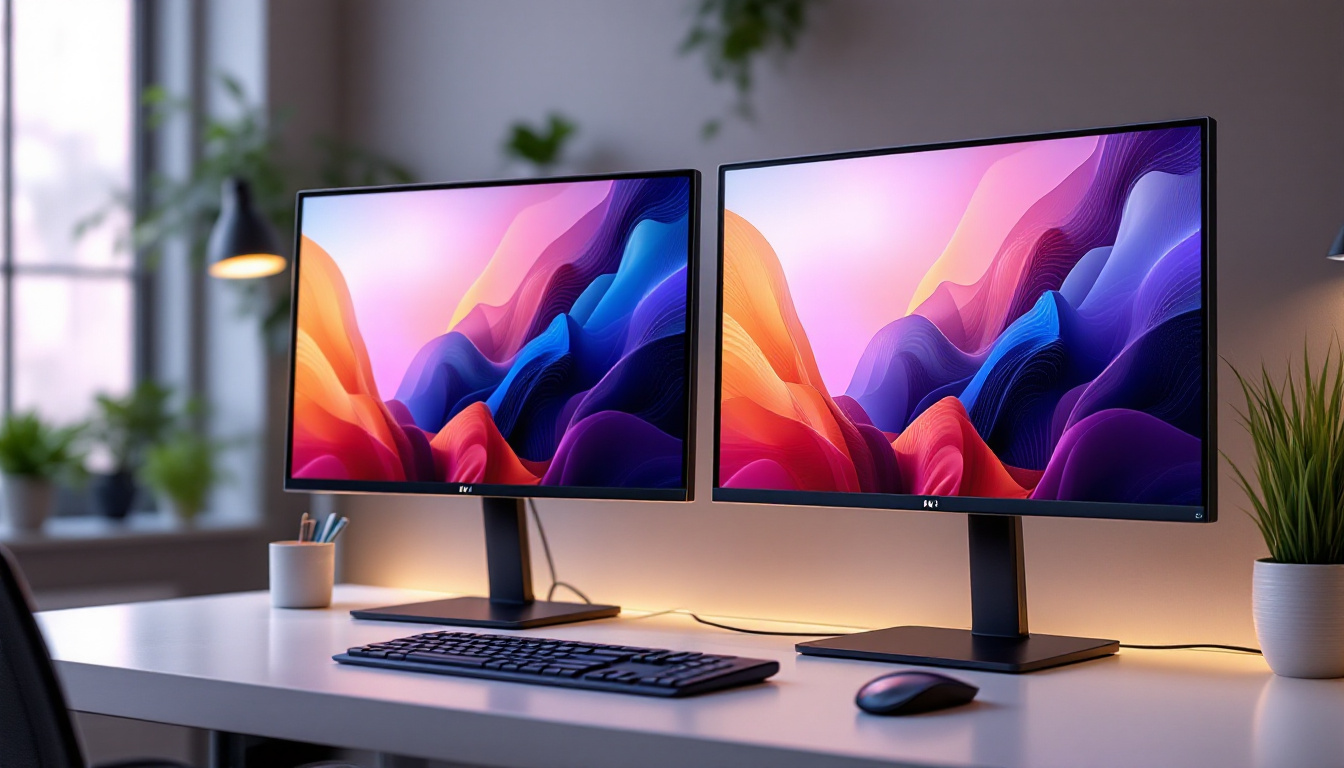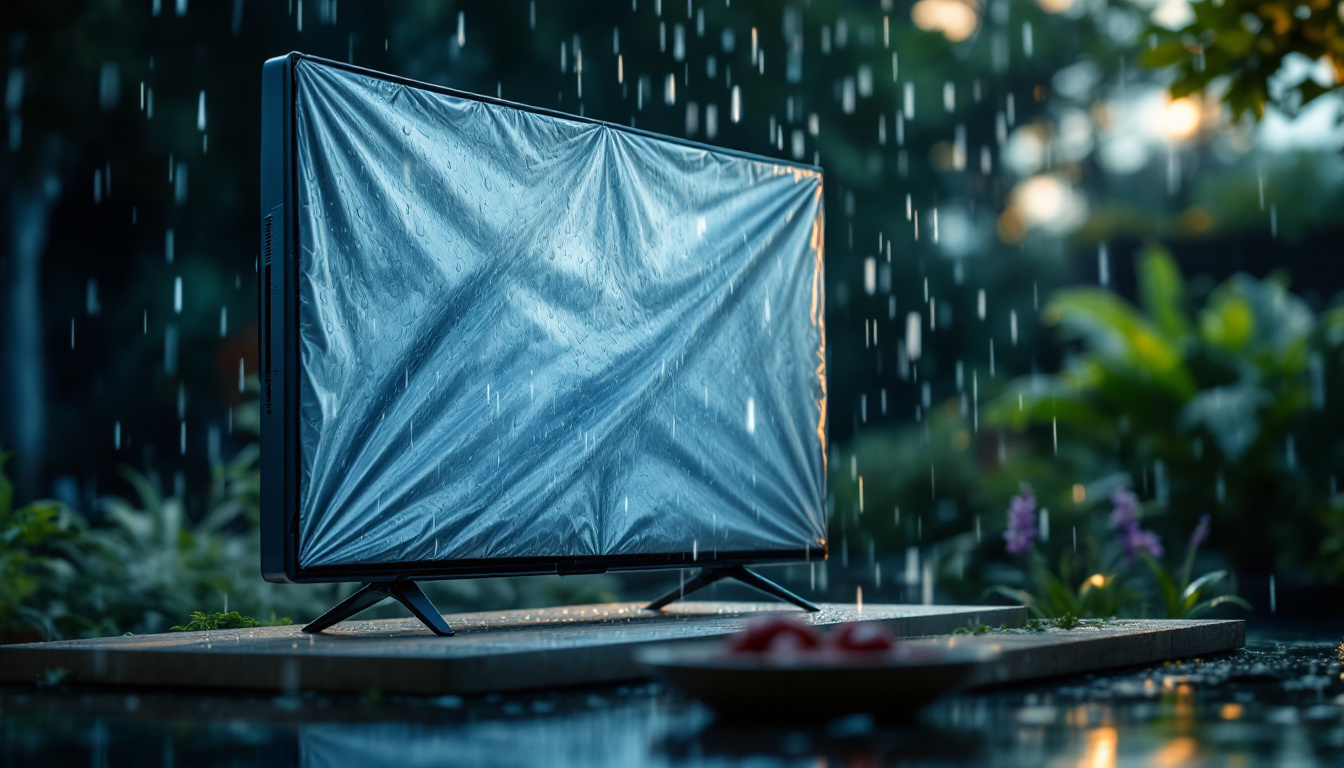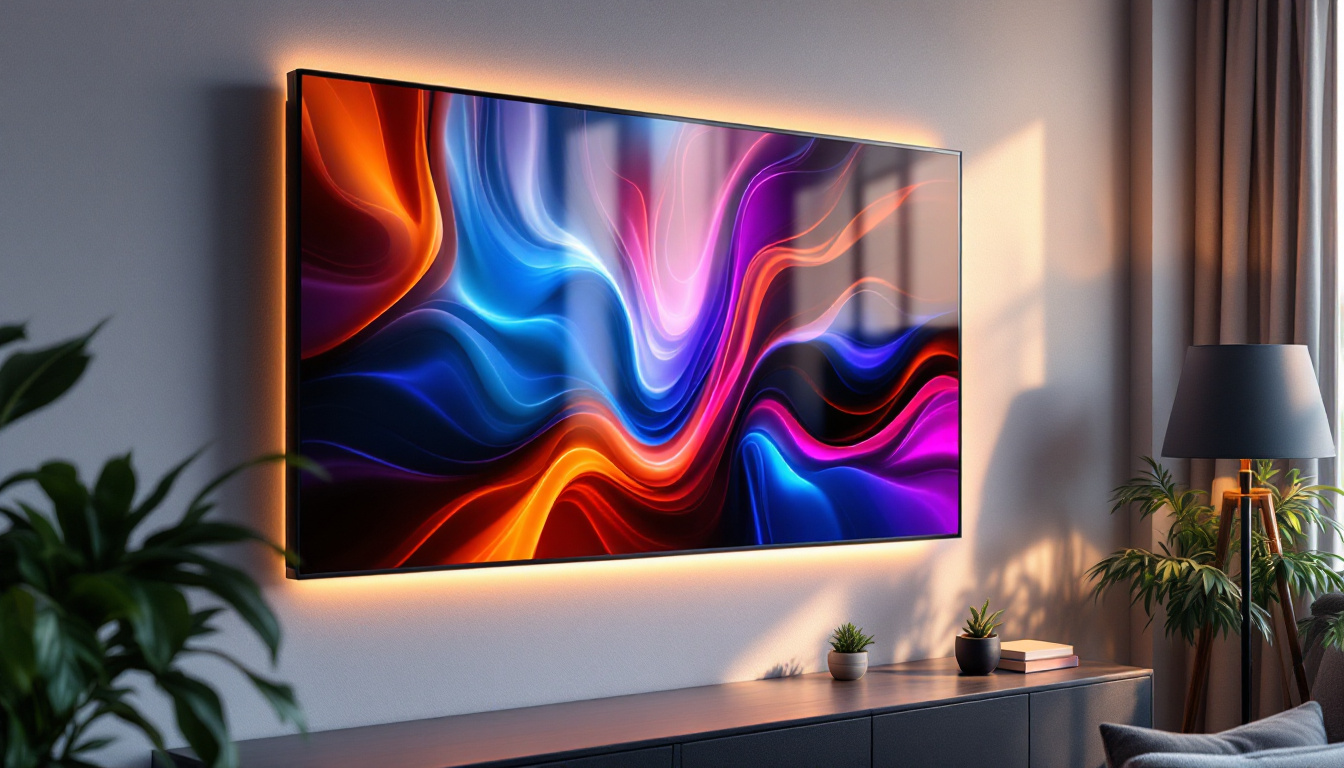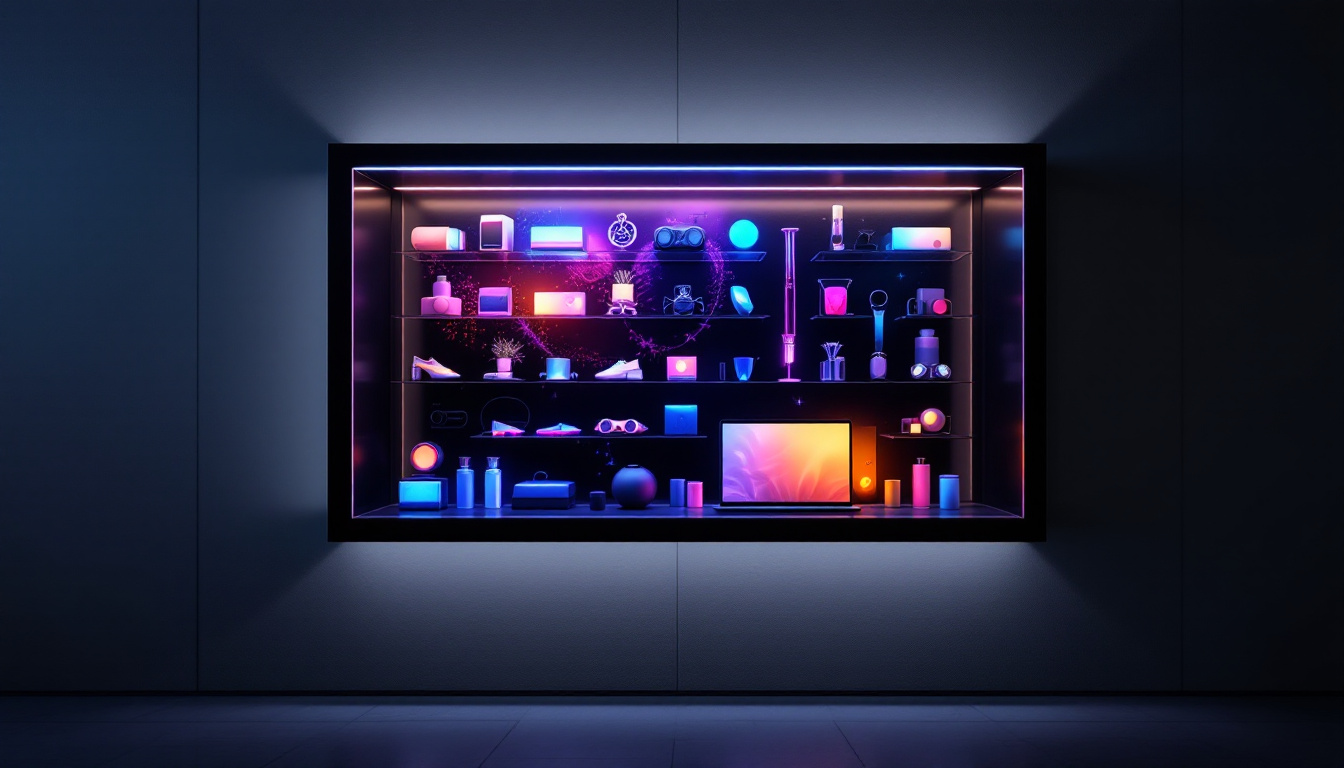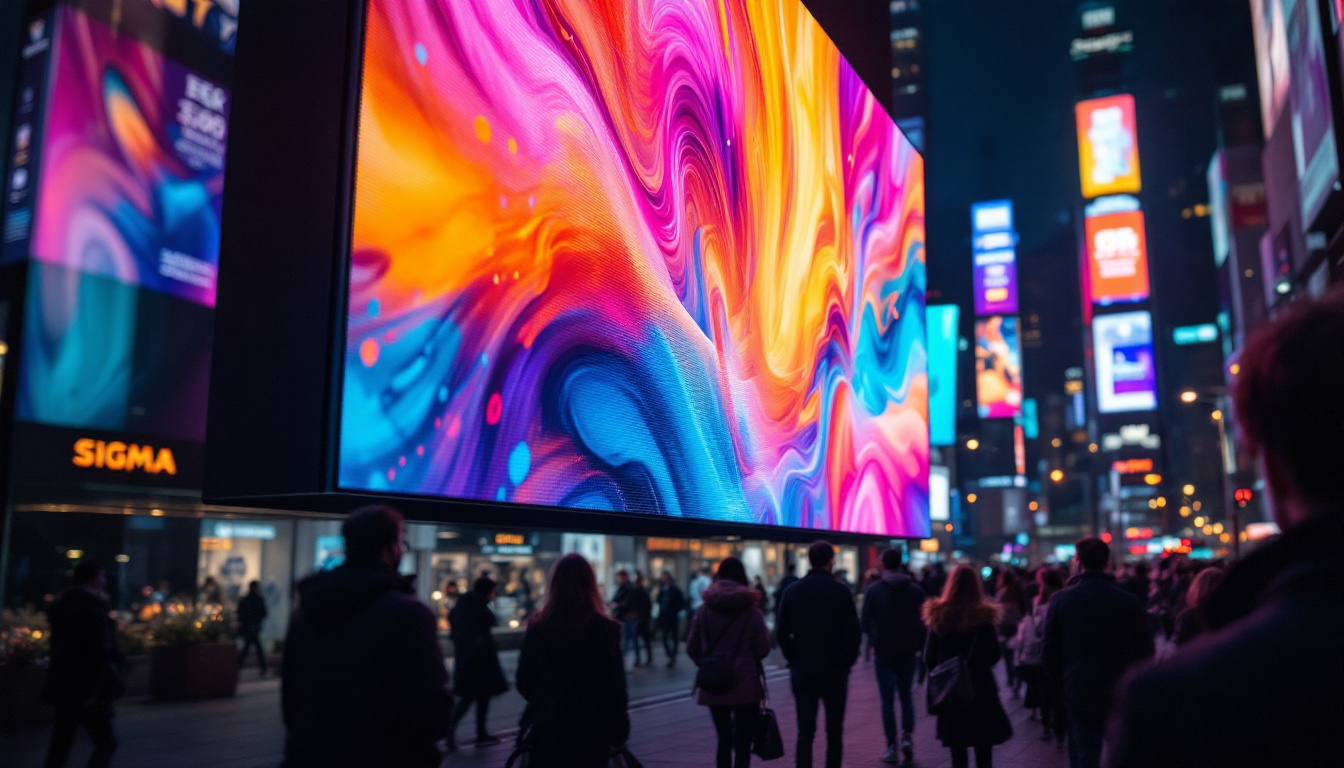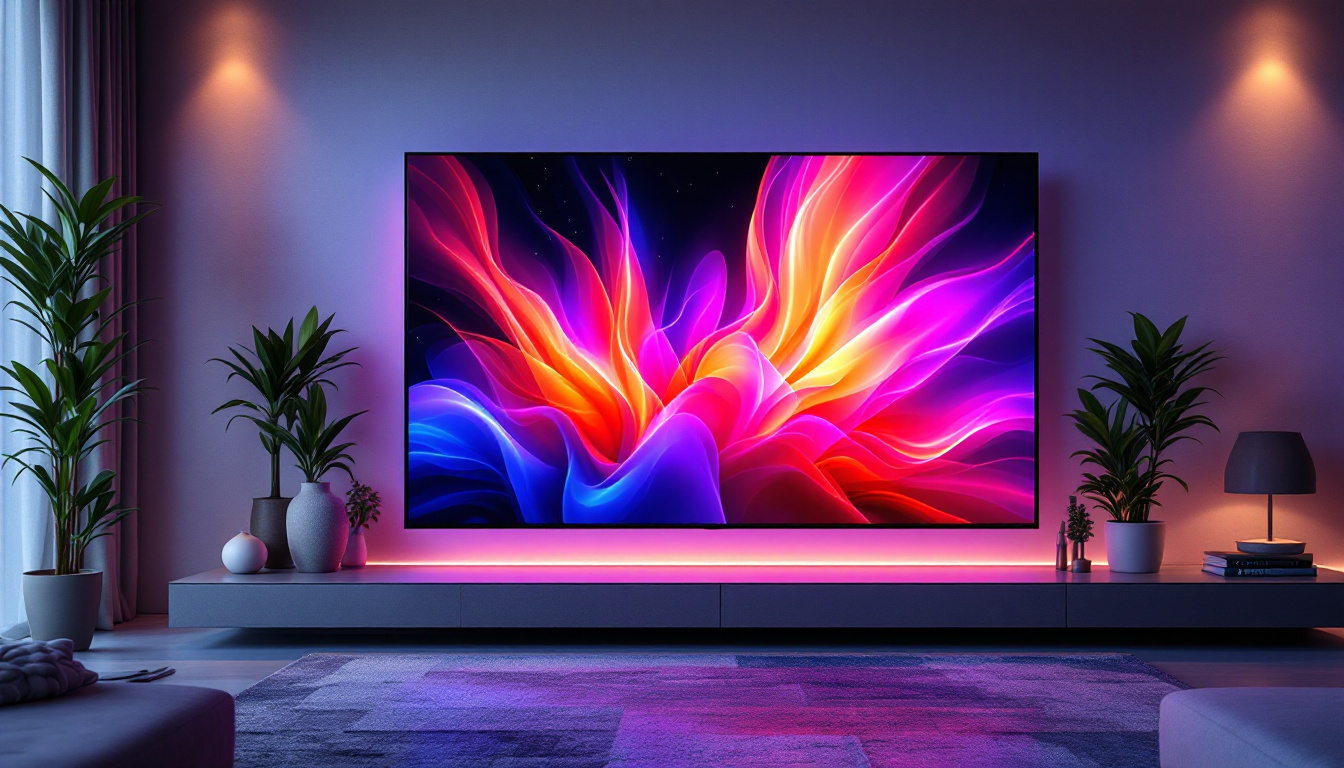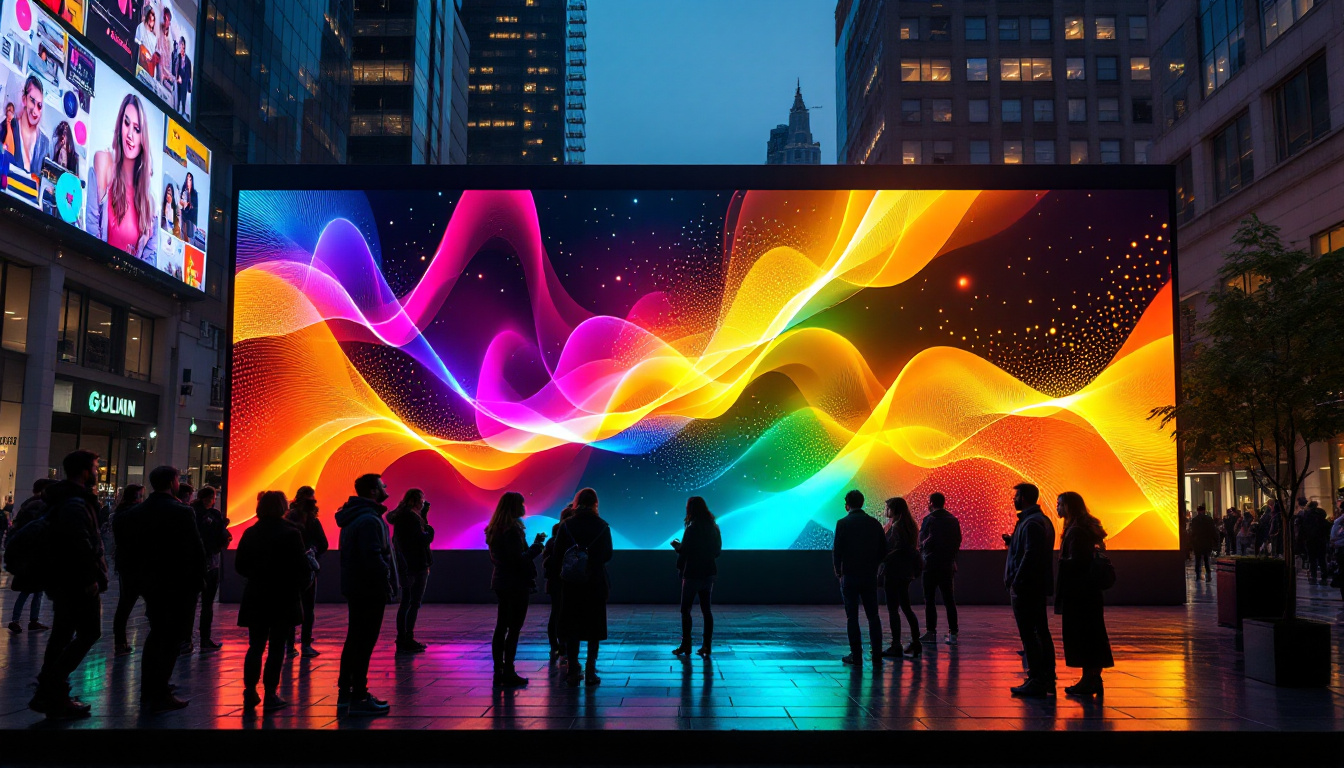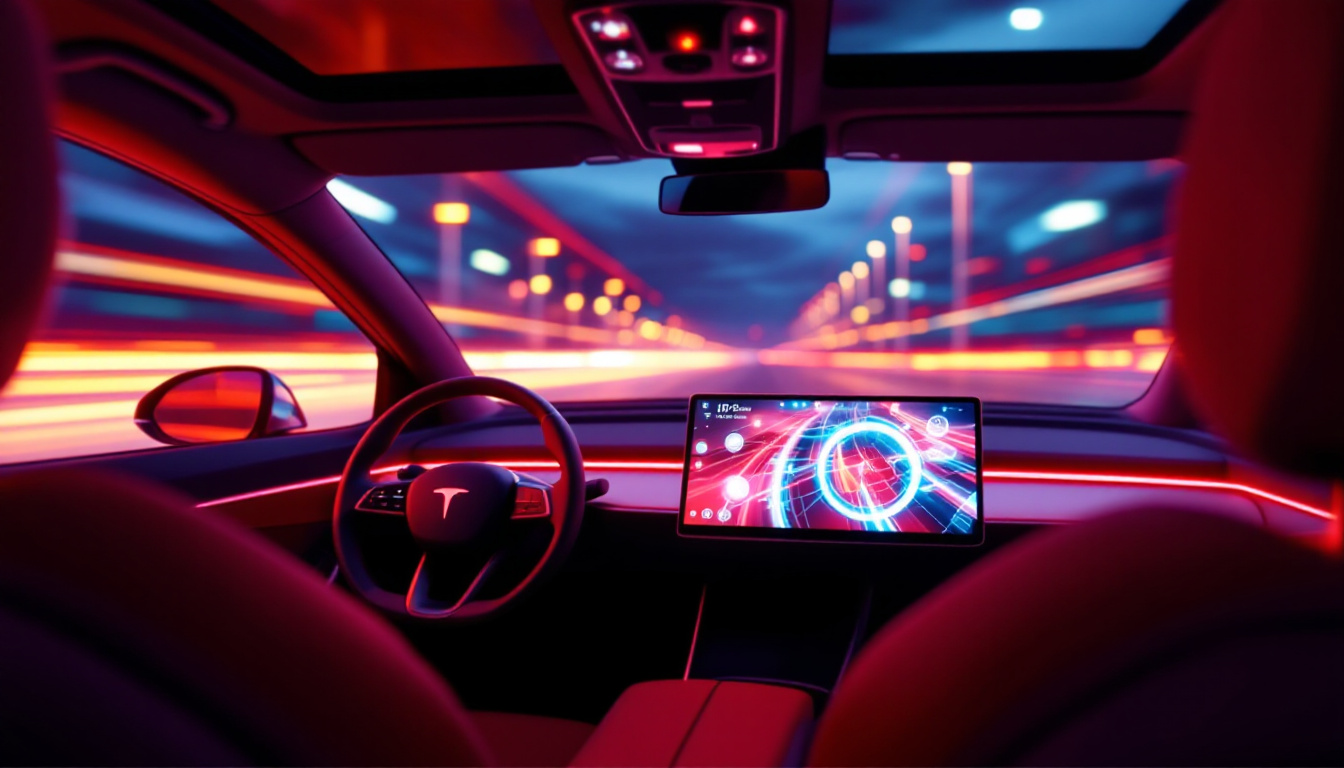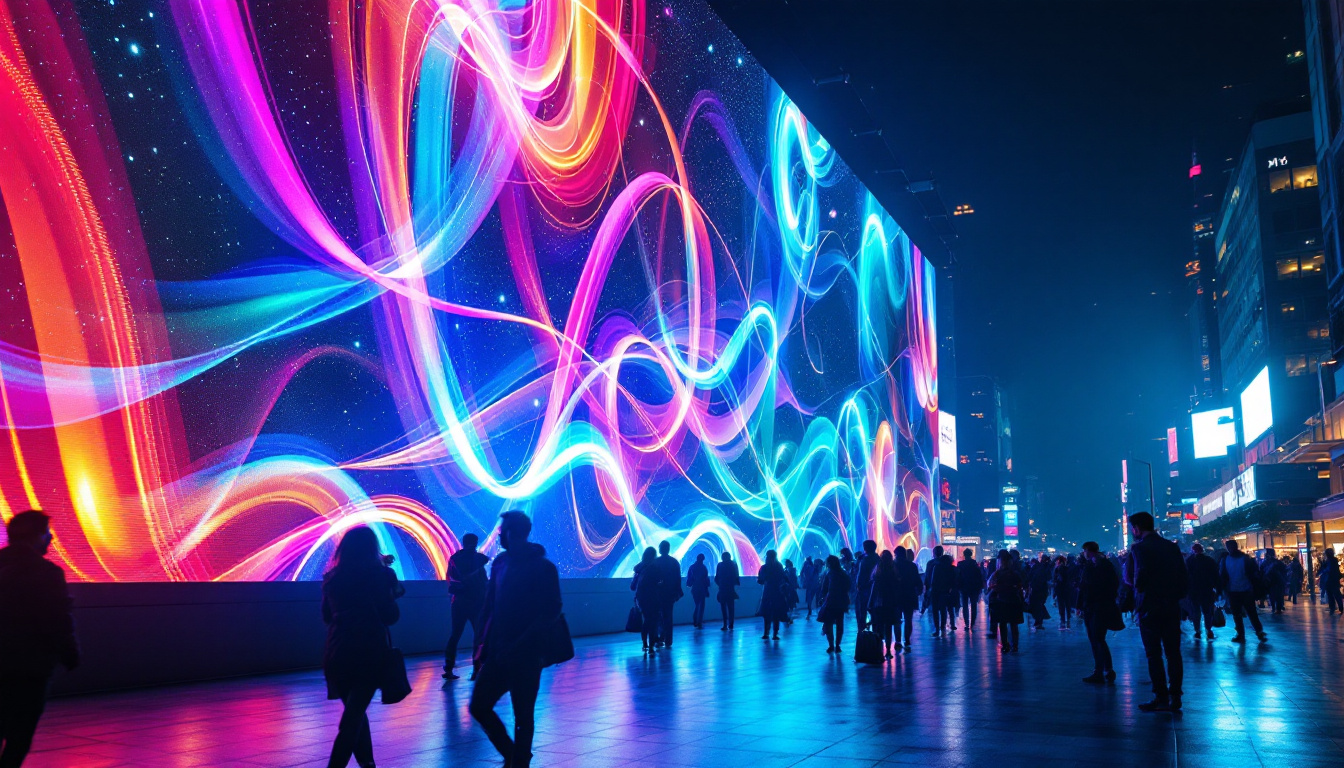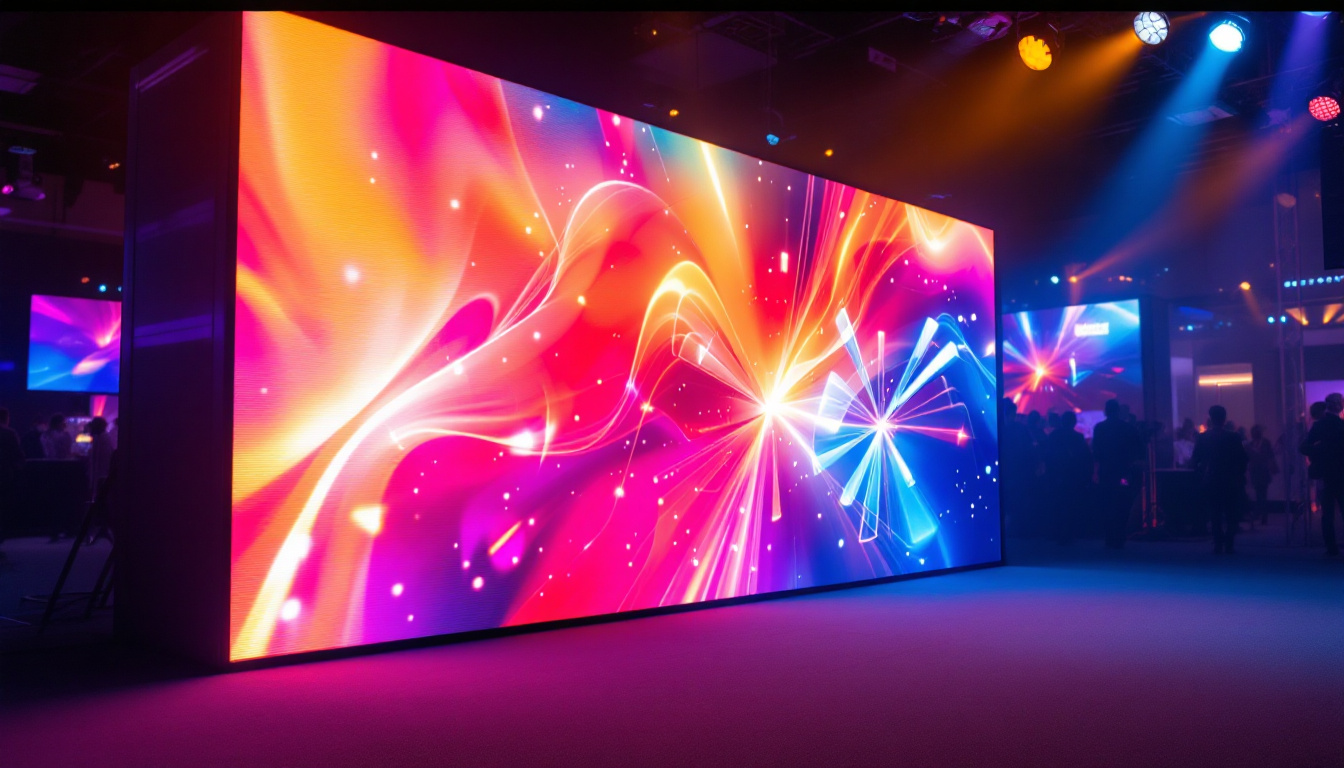In the world of visual technology, LED displays have become a staple in various settings, from commercial advertising to home entertainment. Understanding the dimensions of these displays is crucial for both consumers and professionals. One common query that arises is how to convert measurements from inches to feet, particularly when dealing with larger screens such as a 122-inch LED display. This article will delve into the conversion process, the significance of size in LED displays, and the various applications of these screens.
Understanding the Conversion: Inches to Feet
The conversion from inches to feet is a simple mathematical process. Since there are 12 inches in a foot, to convert inches to feet, one must divide the number of inches by 12. For example, a 122-inch display can be converted to feet by performing the following calculation:
122 inches ÷ 12 = 10.1667 feet
This means that a 122-inch LED display is approximately 10.17 feet diagonally. Understanding this measurement is essential for determining how the display will fit into a given space and how it will be perceived from various distances. When planning for installation, it is crucial to consider not just the diagonal measurement but also the width and height of the display, as these dimensions will affect the overall aesthetic and functionality of the setup.
Why Size Matters
The size of an LED display significantly impacts its effectiveness in conveying information and engaging viewers. Larger displays are generally more visible from greater distances, making them ideal for outdoor advertising or large venues. However, the size must also be appropriate for the intended viewing distance; a display that is too large for a small room can overwhelm the space and detract from the viewing experience. Additionally, the aspect ratio of the display can play a critical role in how content is presented. A wider display may be better suited for panoramic visuals, while a more square-shaped screen can be ideal for standard video formats.
Furthermore, the size of an LED display can influence its resolution and pixel density. Larger screens may require a higher resolution to maintain image clarity, especially when viewed up close. This is where understanding the dimensions in feet becomes particularly important, as it helps in selecting the right display for specific applications. For instance, a display used for detailed graphics or text-heavy presentations will benefit from a higher pixel density, ensuring that every detail is crisp and legible, regardless of the viewer’s proximity to the screen.
Applications of 122-Inch LED Displays
122-inch LED displays are versatile and can be utilized in various environments. Here are some common applications:
- Corporate Settings: Large conference rooms often benefit from a 122-inch display for presentations, video conferencing, and collaborative work, allowing participants to see details clearly from across the room. The ability to display high-definition video and graphics can enhance meetings, making them more interactive and engaging.
- retail environments: Retailers use large LED displays to showcase advertisements, promotions, and product information, drawing the attention of potential customers and enhancing the shopping experience. These displays can be programmed to change content dynamically, allowing for targeted marketing strategies that can adapt to different times of day or special events.
- Event Venues: Concerts, sports events, and exhibitions frequently feature large LED screens to provide audiences with clear visuals, ensuring that everyone can enjoy the experience, regardless of their seating position. The versatility of these displays allows for real-time updates, such as scores during a game or live feeds from different angles during a concert, creating an immersive experience for attendees.
Moreover, educational institutions are increasingly adopting 122-inch LED displays in classrooms and lecture halls. These large screens facilitate interactive learning by allowing educators to present multimedia content effectively, fostering a more engaging atmosphere for students. The ability to connect multiple devices to the display also encourages collaboration among students, making group projects more dynamic and visually appealing.
Technical Specifications of LED Displays
When considering a 122-inch LED display, it is essential to look beyond just the size. Various technical specifications play a crucial role in determining the display’s performance and suitability for specific applications. Here are some key specifications to consider:
Resolution
Resolution refers to the number of pixels that make up the display image. Common resolutions for LED displays include Full HD (1920 x 1080), 4K (3840 x 2160), and even 8K (7680 x 4320). The higher the resolution, the clearer and more detailed the image will be, especially on larger screens like a 122-inch display.
For a 122-inch display, a higher resolution is often recommended to ensure that images and text remain sharp, particularly when viewed from a close distance. A 4K resolution is typically ideal for larger displays, as it provides a significant increase in pixel density compared to Full HD.
Brightness and Contrast Ratio
Brightness, measured in nits, indicates how well the display can perform in various lighting conditions. A higher brightness level is essential for outdoor displays or well-lit environments, ensuring that content remains visible and engaging. Contrast ratio, on the other hand, measures the difference between the darkest and brightest parts of the image. A higher contrast ratio results in more vibrant colors and deeper blacks, enhancing the overall viewing experience.
For a 122-inch LED display, a brightness level of at least 500 nits is often recommended for indoor use, while outdoor displays may require 1000 nits or more to combat sunlight and ambient light interference.
Installation Considerations
Installing a 122-inch LED display requires careful planning and consideration of various factors. Proper installation ensures optimal performance and longevity of the display. Here are some key considerations:
Space and Location
Before installation, it is crucial to assess the available space and determine the best location for the display. Factors such as viewing distance, angle, and surrounding lighting conditions can significantly impact the display’s effectiveness. Ideally, the display should be positioned at eye level for the best viewing experience, and there should be adequate space around it to prevent overcrowding.
Mounting Options
There are various mounting options available for LED displays, including wall mounts, ceiling mounts, and freestanding units. The choice of mounting will depend on the location and intended use of the display. Wall mounts are often preferred for permanent installations, while freestanding units may be more suitable for temporary setups or events.
It is also essential to ensure that the mounting hardware can support the weight of the display. A 122-inch LED display can be quite heavy, and using inadequate mounting solutions can lead to damage or accidents.
Maintenance and Care
Proper maintenance is vital to ensure the longevity and performance of a 122-inch LED display. Regular care can prevent issues such as image distortion, color fading, and hardware malfunctions. Here are some maintenance tips:
Regular Cleaning
Dust and dirt can accumulate on the surface of the display, affecting image quality. It is essential to clean the screen regularly using a soft, lint-free cloth and a suitable cleaning solution. Avoid using abrasive materials or harsh chemicals, as these can damage the display.
Software Updates
Many LED displays come with software that may require periodic updates. Keeping the software up to date ensures that the display operates efficiently and benefits from the latest features and improvements. Regularly check for updates from the manufacturer and follow the provided instructions for installation.
Cost Considerations
The cost of a 122-inch LED display can vary significantly based on several factors, including brand, resolution, brightness, and additional features. When budgeting for a display, it is essential to consider not only the initial purchase price but also potential installation and maintenance costs.
Initial Investment
High-quality LED displays can be a significant investment. Prices for a 122-inch display can range from a few thousand dollars to tens of thousands, depending on the specifications and features. It is crucial to assess the intended use and required features to determine the best value for money.
Long-Term Value
While the initial cost may seem high, investing in a quality LED display can provide long-term benefits. A well-maintained display can last for many years, providing consistent performance and reducing the need for frequent replacements. Additionally, the enhanced visibility and engagement offered by larger displays can lead to increased sales and improved customer experiences in commercial settings.
The Future of LED Displays
The technology behind LED displays continues to evolve, with advancements in resolution, brightness, and energy efficiency. As consumers and businesses demand higher-quality visuals, manufacturers are continually innovating to meet these needs.
Emerging Technologies
New technologies such as MicroLED and MiniLED are gaining traction in the market, offering even greater resolution and color accuracy. These technologies promise to deliver stunning visuals while consuming less power, making them an attractive option for future LED displays.
Integration with Smart Technology
As smart technology becomes more prevalent, the integration of LED displays with other devices and systems is expected to increase. This can include features such as remote control, content management systems, and interactive capabilities, allowing for a more dynamic and engaging user experience.
Conclusion
Understanding the conversion of 122 inches to feet is just one aspect of comprehending the broader implications of LED displays. With their versatility, high-quality visuals, and numerous applications, these displays have become an essential tool in various industries. Whether for corporate presentations, retail advertising, or entertainment venues, a 122-inch LED display can significantly enhance the viewing experience.
As technology continues to advance, the future of LED displays looks promising, with innovations that will further improve their performance and integration into everyday life. For anyone considering investing in a large LED display, understanding the technical specifications, installation requirements, and maintenance needs is crucial to making an informed decision.
Discover LumenMatrix’s Innovative LED Display Solutions
Ready to elevate your visual experience with a 122-inch LED display? LumenMatrix is at the forefront of LED display technology, offering a wide array of solutions that cater to your specific needs. From captivating Indoor and Outdoor LED Wall Displays to dynamic Vehicle and Sports LED Displays, our products are designed to enhance brand visibility and engage your audience. Embrace the future of visual communication with our Custom, All-in-One, and Transparent LED Displays. Check out LumenMatrix LED Display Solutions today and transform your space with unparalleled clarity and impact.

